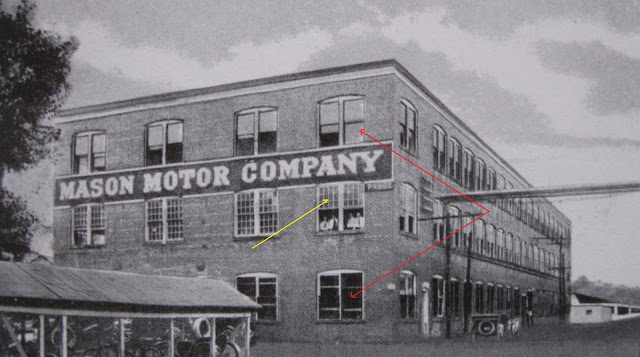Mr. Terry B. Dunham
June 22, 1940 - November 2, 2012 Terry B. Dunham, 72, who died Nov 2, 2012, was considered one of the world's leading experts on the heritage of the Buick automobile, creating a book, a national enthusiasts' organization, and a website for vintage car owners and major magazine articles.
Terry, of Apopka FL, had been active until recent days despite an illness of several years. He is survived by his wife, Jeanne (Golden), who was his high school sweetheart in their home town of Howell, MI; their daughters Terrilyn Hundeby (David) of Orlando and Traci Garde (Glenn) of Atlanta; grandchildren Paul & Shauna Hundeby, and Shelby & Sydney Garde. Also surviving is his beloved mother-in-law, Helen Golden of Brighton, MI., sister Janet Kerr of Cedarville and brother Roger Dunham of Howell. He was preceded in death by his parents Lawrence and Ellen Dunham. Funeral services pending at McDonald Funeral Home in Howell, MI., 517-546-2800
Terry was born June 22, 1940 in Howell. He was a 1963 graduate of Western Michigan University, where he majored in automotive engineering technology. He was employed in sales and service operations of General Motors' Pontiac Motor Division from 1963 – 1992. After retirement from GM, he worked for Engineering Analysis in Detroit, handling product liability investigations for GM, Ford, and Chrysler, his specialty being a fire expert on cars. Those assignments often took him to the Caribbean, Mexico, and even Casablanca.
He was particularly well known for his book, "The Buick: A Complete History" , an award winning and critically acclaimed book that came to be accepted by Buick Motor Co. and auto historians as the automaker's definitive history. It was first published in 1980 and then in five more updated editions up to Buick's centennial in 2003. In 1975 he suggested the idea for a major Buick history book to Automotive Quarterly (AQ). After conducting research across the United States and England the book was published in 1980 and co-authored with his good friend Lawrence R. Gustin.
His family interests included coaching soccer and being a foster parent along with his wife rescuing kittens and helping them getting adopted through a rescue group. Links: TERRY DUNHAM OBITUARY That first Buick — a 1937 model with a straight-8 engine — ignited a passion for the brand that eventually led Dunham to co-write "The Buick: A Complete History."
"He was certainly one of the world's leading experts on Buicks," said Lawrence R. Gustin, Dunham's co-author and former public-relations spokesman for Buick.
Gifted in mechanics from a young age, Dunham spent much of his teen years fixing cars. He also waited tables at the Midget, a restaurant owned by his father. The student hangout was best known for its olive burgers, his wife said.
After earning a degree in automotive-engineering technology from Western Michigan University, Dunham spent the next 40 years in the car industry. He worked at General Motors, finishing his career in Central Florida as head of the southern region of Pontiac's service and warranty departments.
"He could find anything wrong with a car," his wife said.
When he retired from GM, Dunham joined the Detroit firm Engineering Analysis, where he handled product-liability investigations. Dunham inspected cars after accidents to determine whether the carmaker was at fault.
But it was his love for Buicks that made him a well-known figure in car-hobbyist circles. He wrote articles on Buick's racing history, and in 2005 he created the Buick Heritage Alliance, an enthusiast group dedicated to preserving Buick's history.
His wife said Dunham thought the Buick brand — more than any other car make — was special because of its high-performance engines and its connection to racing.
Dunham amassed one of the largest collections of literature produced by Buick, his wife said. Their home was filled with Buick pamphlets dating to the make's early days. The collection will likely go to a museum.
While researching "The Buick: A Complete History" — first published in 1980 — Dunham traveled across the U.S. and to England, interviewing former Buick designers and engineers.
"The book would not have been created without Terry," Gustin said.
The 600-page book — dubbed "the bible on Buick" at Amazon.com — has had six editions, including one in 2003 that celebrated the brand's centennial. Gustin said "The Buick" presented a history "that was not well-known." Gerry Godin says: I personally corresponded with Terry only over the past 13 years by email which is where we met each other during research. Hemming's Motor News
|
















.jpg&container=blogger&gadget=a&rewriteMime=image%2F*)






























